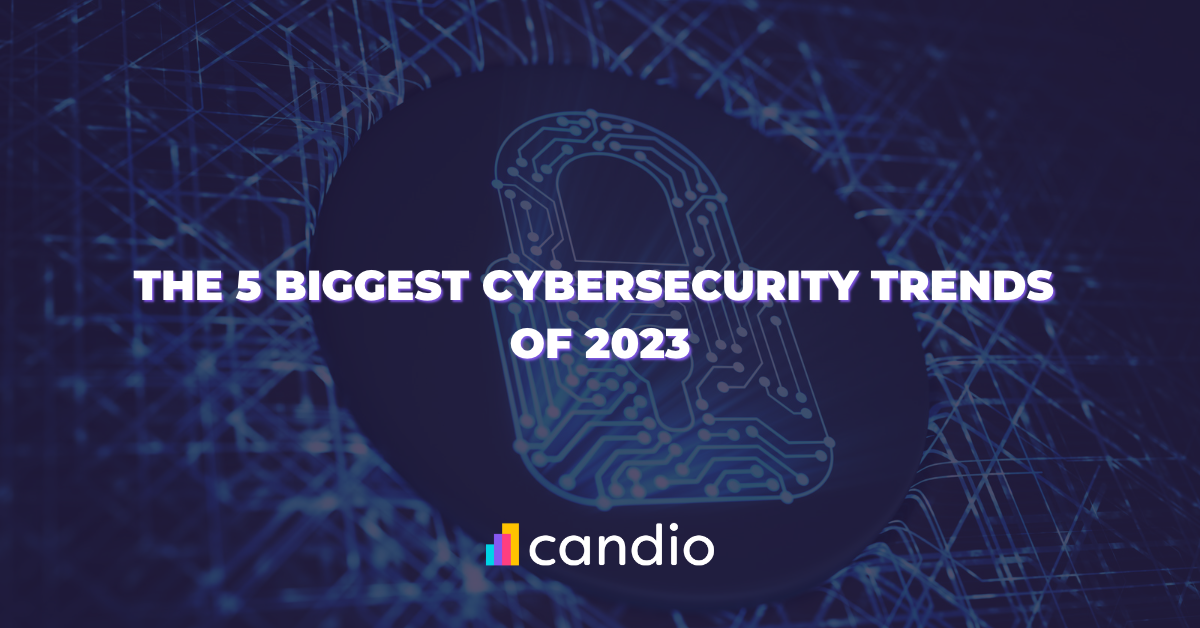Cybersecurity is an ever-evolving field and it’s essential to stay updated with the latest trends to ensure the safety and security of your data and systems.
Here are the five biggest cybersecurity trends of 2023:
Artificial Intelligence and Machine Learning
The integration of Artificial Intelligence (AI) and Machine Learning (ML) into cybersecurity is expected to significantly impact the industry in 2023. AI and ML can be used to identify and respond to security threats in real-time, improving the efficiency of security systems.
Additionally, AI and ML can help to automate various security tasks, reducing the workload for security professionals.
Quantum Computing
Quantum computing is expected to be a game-changer in the world of cybersecurity in 2023. The processing power of quantum computers is much higher than traditional computers, making it easier for cybercriminals to crack even the strongest encryption algorithms.
As a result, security experts are now exploring new encryption algorithms that are resistant to quantum computing.
Cloud Security
The increasing use of Cloud computing has led to a rise in cloud security threats, and this trend is expected to continue in 2023. As more businesses move their data and applications to the Cloud, cybercriminals are finding new ways to breach Cloud security.
To ensure the security of Cloud systems, organisations must adopt a multi-layered approach that includes encryption, access controls, and regular security audits.
Internet of Things (IoT)
The Internet of Things (IoT) is rapidly expanding, and with it, the number of security threats is increasing. Cybercriminals often target IoT devices due to their weak security features and limited processing power.
In 2023, organisations must proactively secure their IoT devices, including regular software updates, secure configurations, and monitoring for unusual activity.
Social Engineering
Social engineering attacks, such as phishing, are becoming increasingly sophisticated and are expected to be a significant threat in 2023. These attacks rely on tricking people into revealing sensitive information or downloading malware.
To mitigate the risk of social engineering attacks, organisations must educate their employees about the dangers of phishing and other forms of social engineering and implement security measures such as two-factor authentication.
Final Thoughts
In conclusion, the world of cybersecurity is constantly evolving, and it’s essential to stay updated with the latest trends to ensure the safety and security of your data and systems.
By understanding the five biggest cybersecurity trends of 2023, organisations can take proactive steps to protect themselves from potential security threats. From the integration of AI and ML to the rise of cloud security and IoT, it’s important to stay informed and take a multi-layered approach to security.
Get in touch now.
